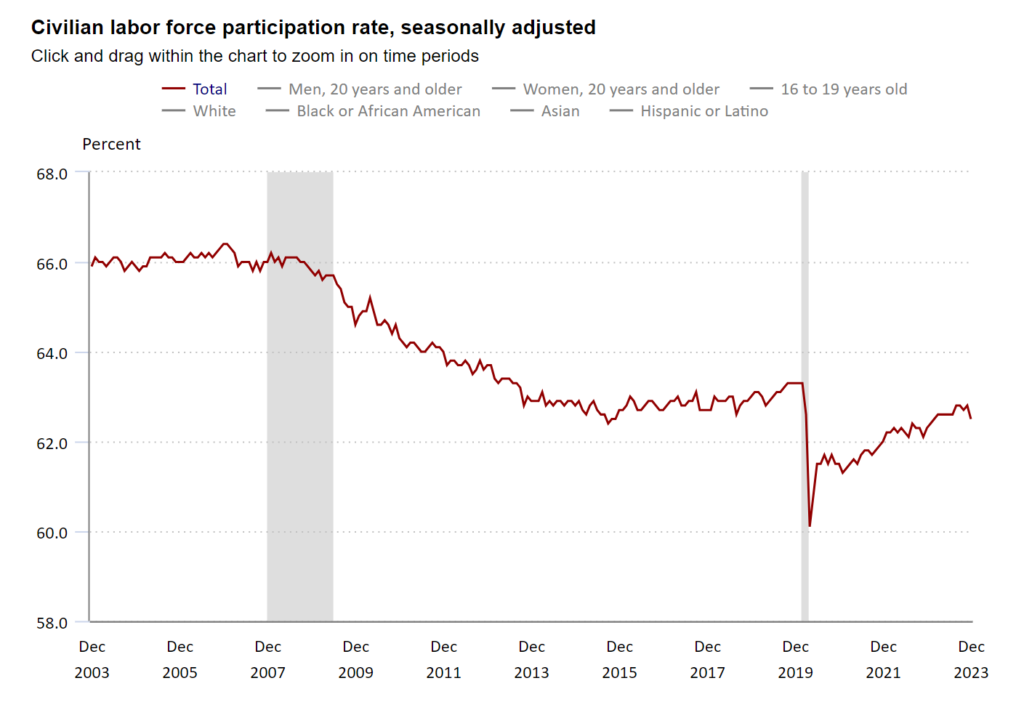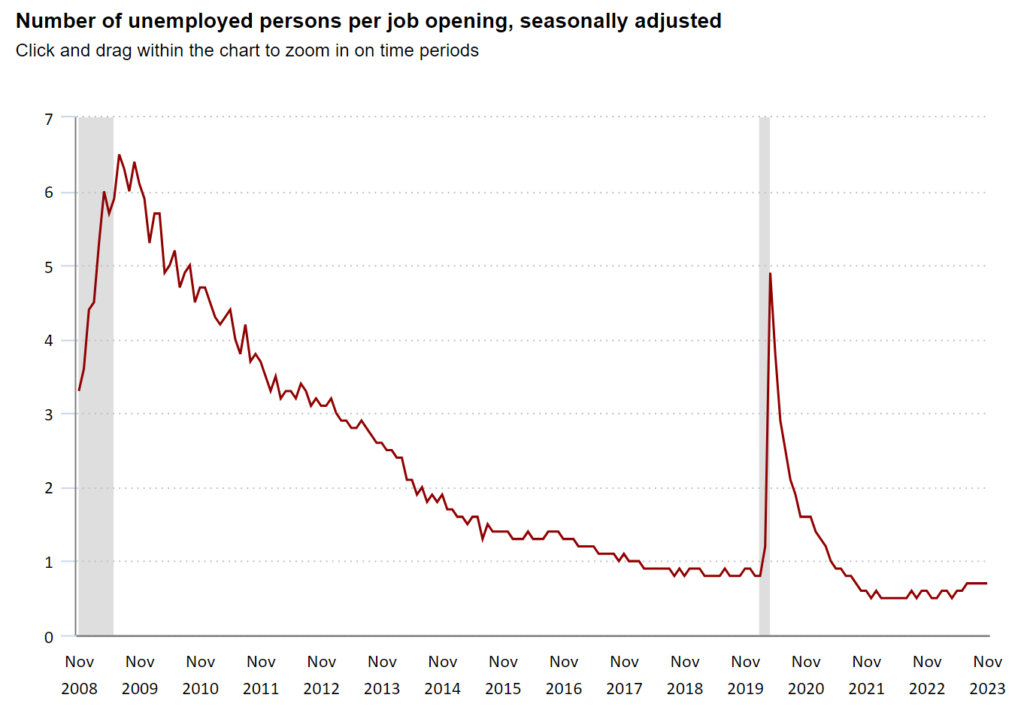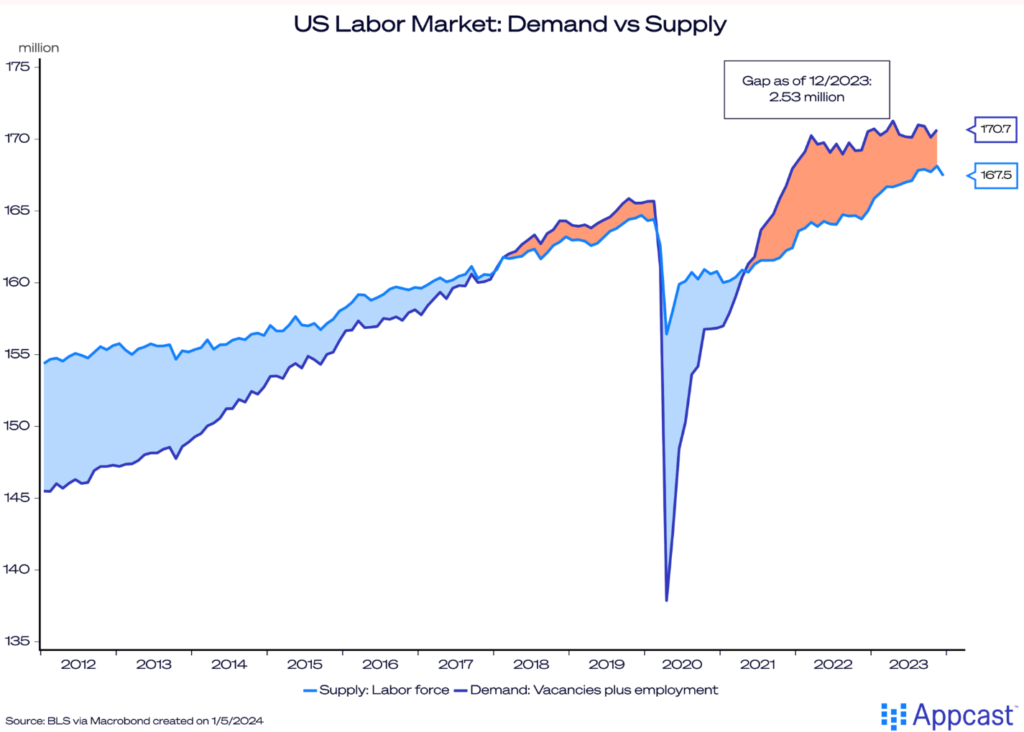Let’s be honest, being an executive feels like juggling chainsaws while blindfolded on a unicycle. You gotta keep things moving, but it’s easy to feel like you’re just spinning. That’s exactly how I felt, which is why I decided to engage a leadership coach.

But finding the right coach? That was a whole other adventure. You have to make sure you have a good connection with them, are comfortable talking with them, and that they can actually help you. Here are some questions to consider when selecting a coach.
Understanding My Background and Approach:
- What is your experience coaching executives at my level and in my industry?
- What is your coaching philosophy and approach?
- What are your credentials and certifications?
- Can you share examples of successful outcomes you’ve achieved with past clients?
Assessing Compatibility and Expectations:
- What are your expectations for me as a client?
- How do you typically structure coaching engagements?
- How do you handle confidentiality and privacy?
- What is your fee structure and payment terms?
Establishing Comfort and Fit:
- Can we schedule a preliminary consultation to discuss my specific needs and goals?
- Do you have any references from past clients I can speak to?
- What would make you not want to coach me?
- What questions do you have for me?
Once I found someone who checked all the boxes, the hard work started. What did I want to focus on and where should we start?
Initial Exploration:
- Self-reflection: Before the first session, take time to reflect on various aspects of your professional life. Consider areas where you feel successful, challenged, or desire improvement. Think about your career aspirations, leadership strengths, and opportunities for development.
- Open communication: During the initial sessions, discuss your self-reflections openly with your coach. Share your goals, aspirations, and any specific challenges you’re facing. Be transparent about your desired outcomes from coaching.
Identifying Focus Areas:
- Coach’s assessment: Your coach will likely use various tools and techniques to assess your leadership style, strengths, weaknesses, and development needs. This might involve personality assessments, something like StrengthsFinder (CliftonStrengths), 360-degree feedback, or informal discussions.
- Collaborative goal setting: Based on your self-reflection, the coach’s assessment, and open discussions, work together to identify specific and measurable goals for your coaching journey. These goals should be SMART (Specific, Measurable, Achievable, Relevant, and Time-bound).
- Prioritizing areas: With multiple potential areas for improvement, prioritize based on urgency, impact, and your personal development aspirations. Focusing on one or two key areas initially allows for deeper exploration and targeted progress.
Potential Focus Areas for Leaders:
- Leadership development: Enhancing your leadership skills, such as executive presence, influence, communication, delegation, decision-making, and conflict resolution.
- Strategic thinking: Developing your ability to think strategically, set clear vision, and make sound decisions aligned with organizational goals.
- Emotional intelligence: Increasing your self-awareness, managing emotions effectively, and building strong relationships with colleagues and stakeholders.
- Work-life balance: Addressing challenges in managing work demands and personal well-being, promoting sustainable leadership practices.
- Navigating organizational change: Leading effectively through periods of transition, adaptation, and uncertainty.
Remember:
- Continuous dialogue: Maintain open communication with your coach throughout the coaching process. Regularly discuss progress, challenges, and adjust focus areas as needed.
- Actionable steps: Translate identified goals into concrete action steps with clear timelines and accountability measures. This ensures continuous progress and achievement of desired outcomes.
- Celebrate progress: Acknowledge and celebrate your achievements, big or small, throughout the coaching journey. This reinforces motivation and sustains commitment to your development.
If you are interested in learning more, here is an article by Harvard Business Review and another article from the International Coaching Federation.
Here’s the thing: working with a coach isn’t a walk in the park. It takes effort. We set clear goals, I had homework, and I had to be accountable for making progress. But guess what? It’s totally worth it.
So, if you’re thinking about hiring a coach, my advice is this: don’t be afraid to ask questions, find someone you connect with, and be ready to put in the work. It might just be the best decision you ever make for your leadership journey (and your sanity!).







